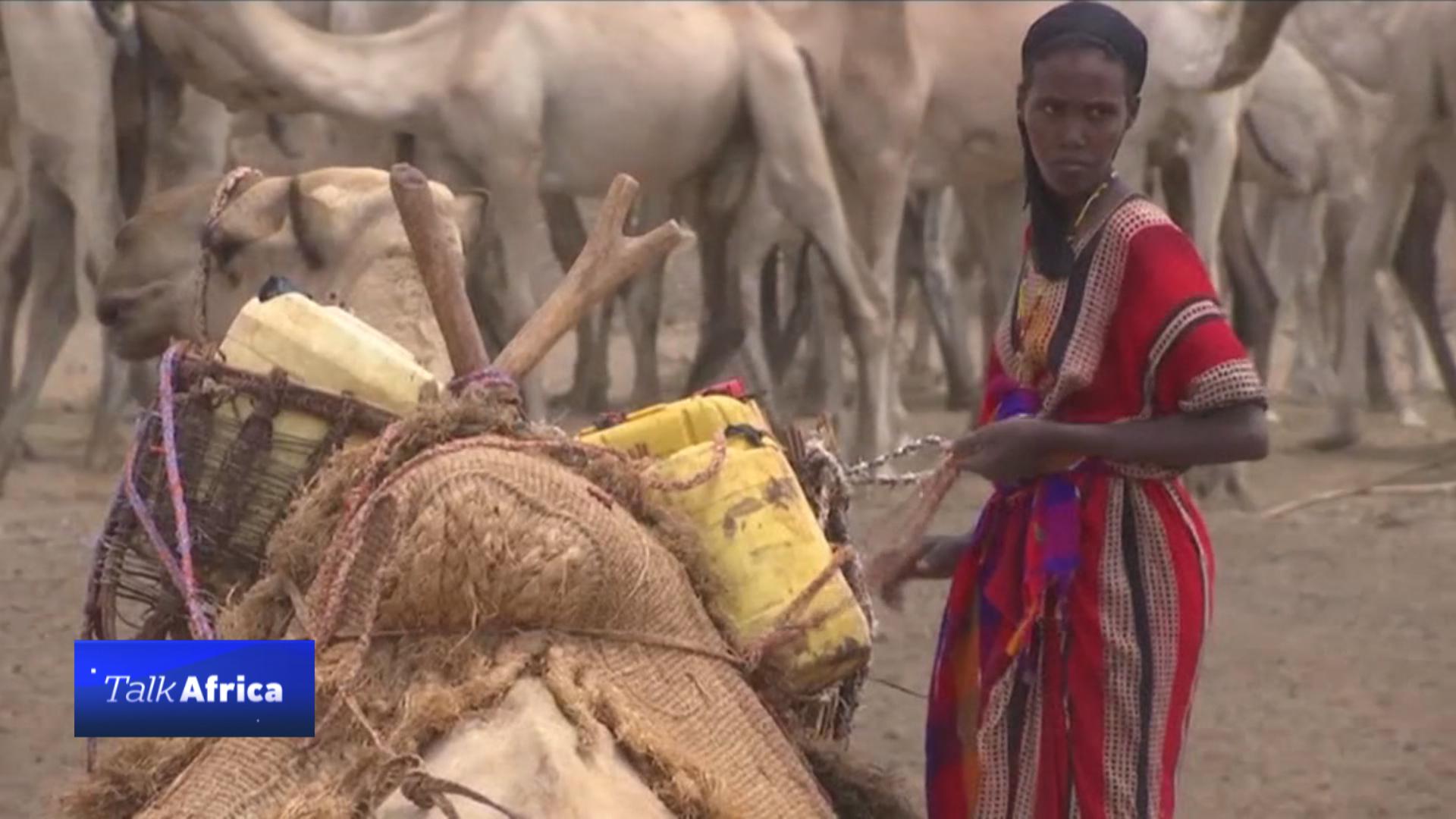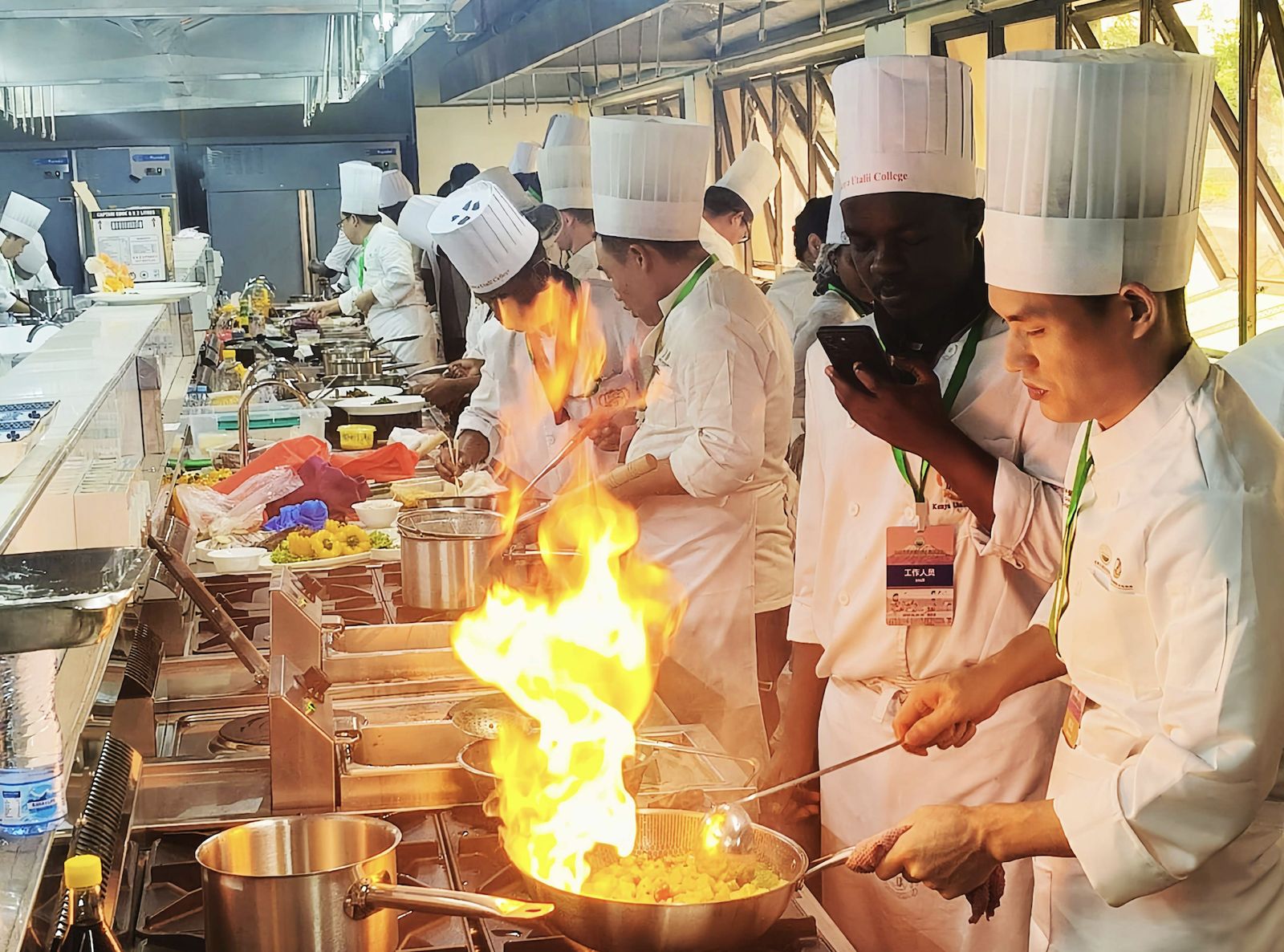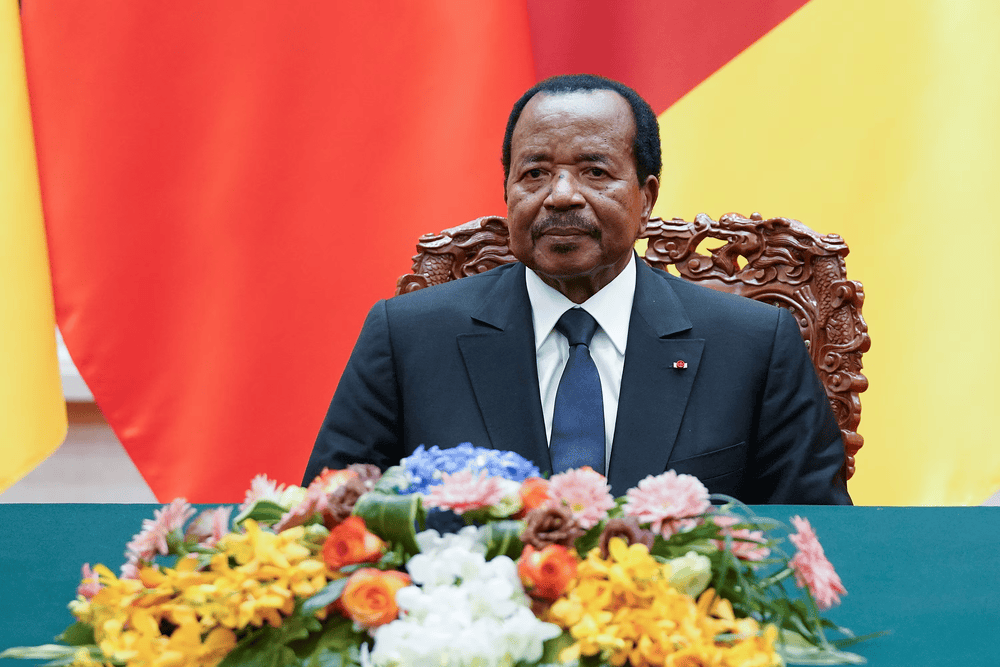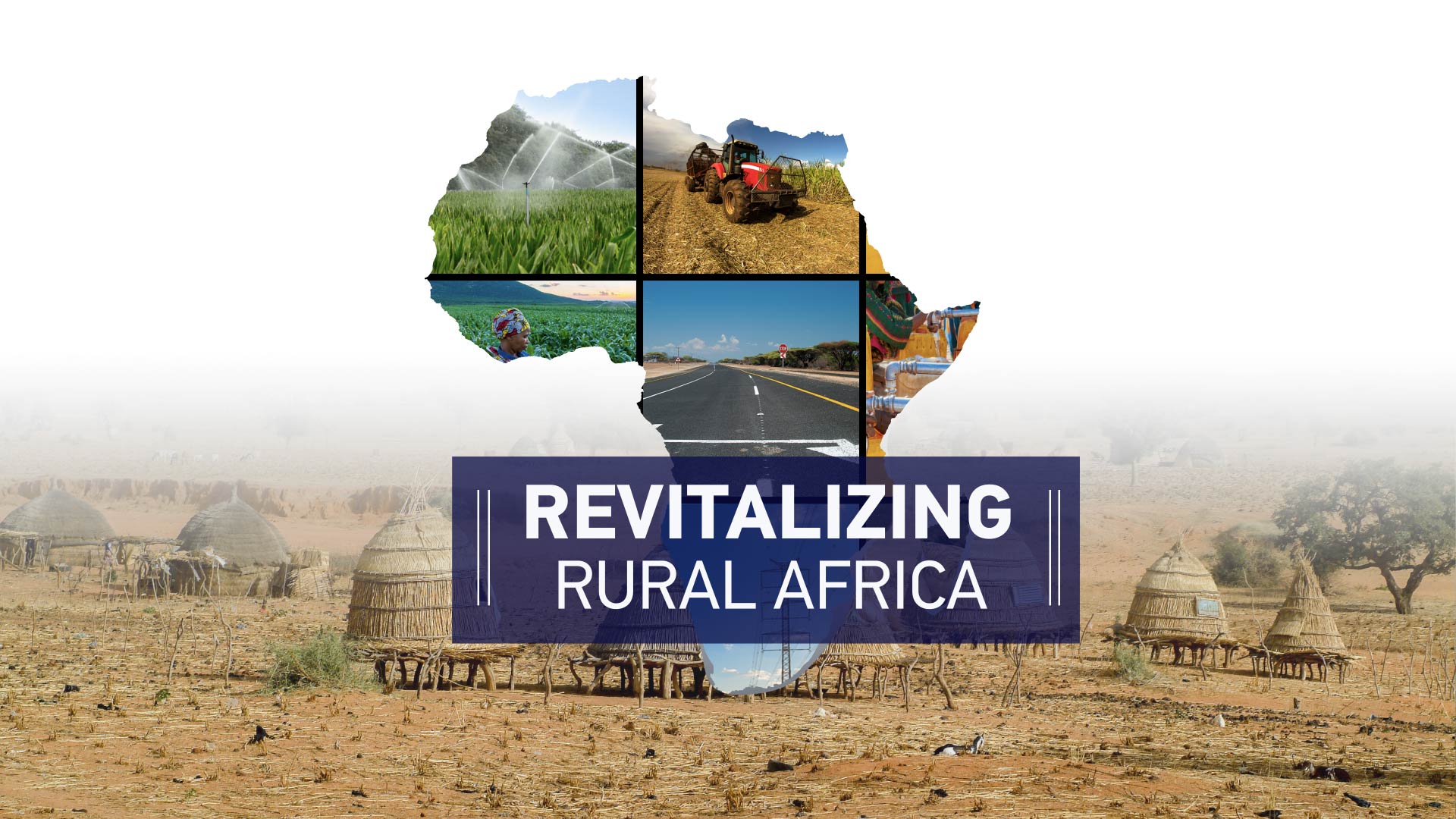
TALK AFRICA: Fighting Africa’s famine

At least 6.2 million people are in need of humanitarian assistance in Somalia, and that’s not even the half of it. In neighbouring Djibouti, Kenya and Ethiopia prolonged drought has left more than 11.5 million people in need of food aid with similar situations in northeast Nigeria. And in South Sudan the ongoing civil war has escalated the famine into what’s being called the greatest humanitarian crisis since 1945.
The United Nations (UN) has called for strong and urgent action to tackle the situation, but the international community’s ability to respond is taking strain against multiple crises around the world.
Drought has plunged East Africa into the worst food security crisis Africa has faced in 20 years.
The World Food Program estimates that 363,000 children aged under the age of 5 are acutely malnourished, including 71,000 who are severely malnourished and face a high risk of disease and death.
In Somalia, the prolonged drought has decimated livestock and the livelihood of herders is being threatened. Wells have dried up, forcing herders to trek to remote areas to save their herds.
South Sudan has appealed to China for assistance with the famine ravaging parts of the country. Juba is seeking cooperation with Beijing in a bid to boost agriculture to end food shortages, hoping its strong ties with China will help to solve its long-term food security problems.
The UN says droughts have become the new normal due to climate change and that countries should now look into ways of cushioning themselves. Just how can countries realistically build resilience and ensure food security?
What factors have led Africa to this point? And what kind of immediate action can be taken in the fight against Africa’s famine? (Watch the discussion in the video below)






